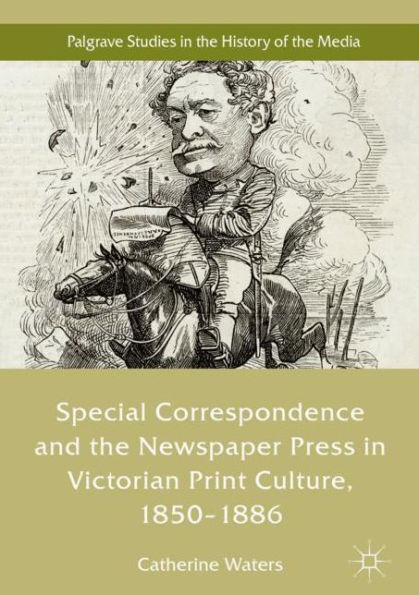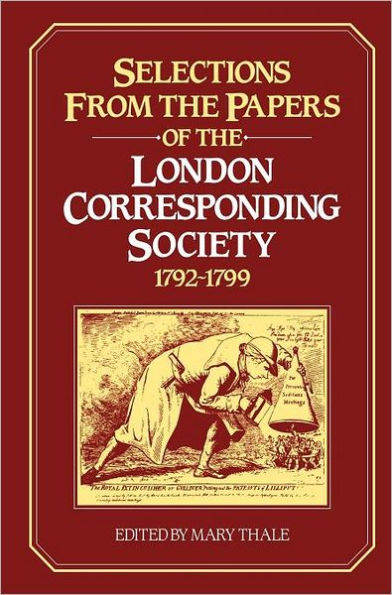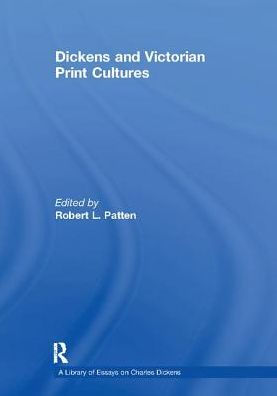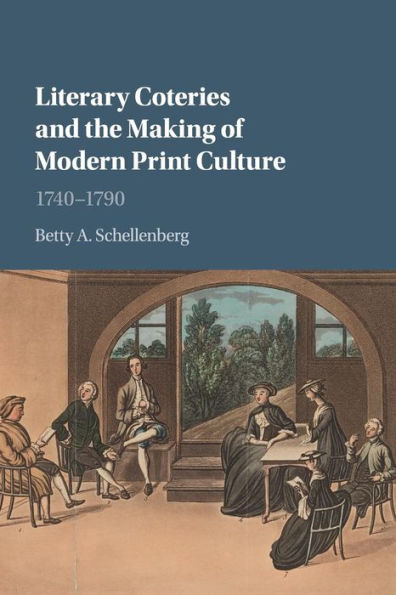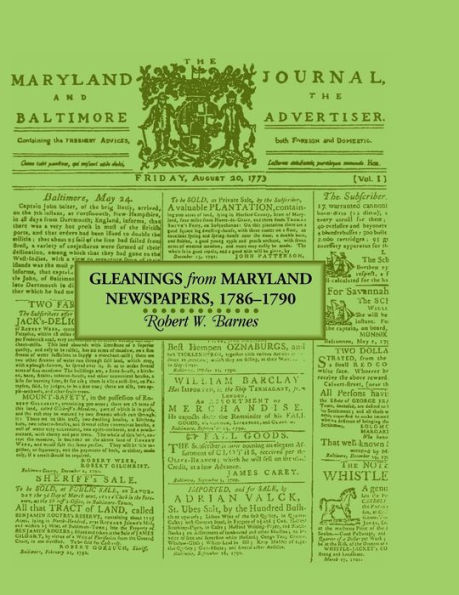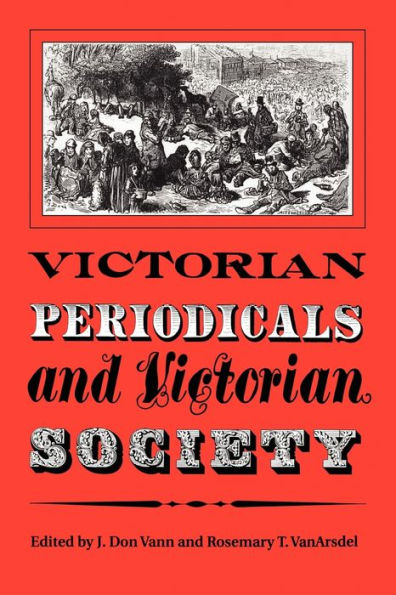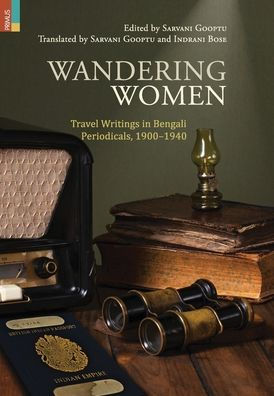Home
Selections from the early print-newspapers in colonial Calcutta, India (1780-1820): Heteroglossic print, diseases and fashion
Barnes and Noble
Selections from the early print-newspapers in colonial Calcutta, India (1780-1820): Heteroglossic print, diseases and fashion
Current price: $6.00


Barnes and Noble
Selections from the early print-newspapers in colonial Calcutta, India (1780-1820): Heteroglossic print, diseases and fashion
Current price: $6.00
Size: OS
Loading Inventory...
*Product information may vary - to confirm product availability, pricing, shipping and return information please contact Barnes and Noble
This book (the second in the series) has a selection from the early newspapers that had been printed in the early years of the British-East India Company, that is between 1780-1820, in colonial Calcutta, India. How do we read these texts that were written centuries ago and make sense of the printed texts? We cannot elide the fact that they were meant to be textually consumed by the Britishers who had arrived in India as part of the package of colonization. Reading primary texts alters how we theorize. The newspapers allow us to peek into this newly emerging world in Bengal and how socio-technological changes were taking place. We seem to think that these changes seamlessly moved into Bengal without any hiccups. We rarely do have access to these primary texts, as they are hidden in archives. What emerges is the human face of the process of British colonization and not an abstract concept of absolute power.There is a moment in the history of the English printed newspaper that emerged in Calcutta in the last two decades of the eighteenth century that defies all logic; when we consider the history of the newspaper and try to understand as to what was it that allowed it to transform itself whereby news was printed simultaneously in three different languages, we are unable to arrive at any coherent answer. The printed newspaper that evolved in Britain had a logic of its own. But, when print was transferred to India, it followed a trajectory that was particularly its own. It was introduced under colonization, undoubtedly but the manner in which print technology transmuted itself is not very clear.The multilingual newspaper allowed the convergence of multiple languages that had and existed in different social moments in the history of India: English was the language of the new British rulers, while Persian had been used earlier and Bengali was the language in use by the inhabitants of Bengal. The hegemonic present of colonial rule, the native present and the immediate past all featured in this heteroglot text, creating the illusion of linguistic parity while in reality that was not the case. Examining the reasons as to why such a multilingual text would exist does give us an opportunity to understand the heterogeneous nature of Indian society.
